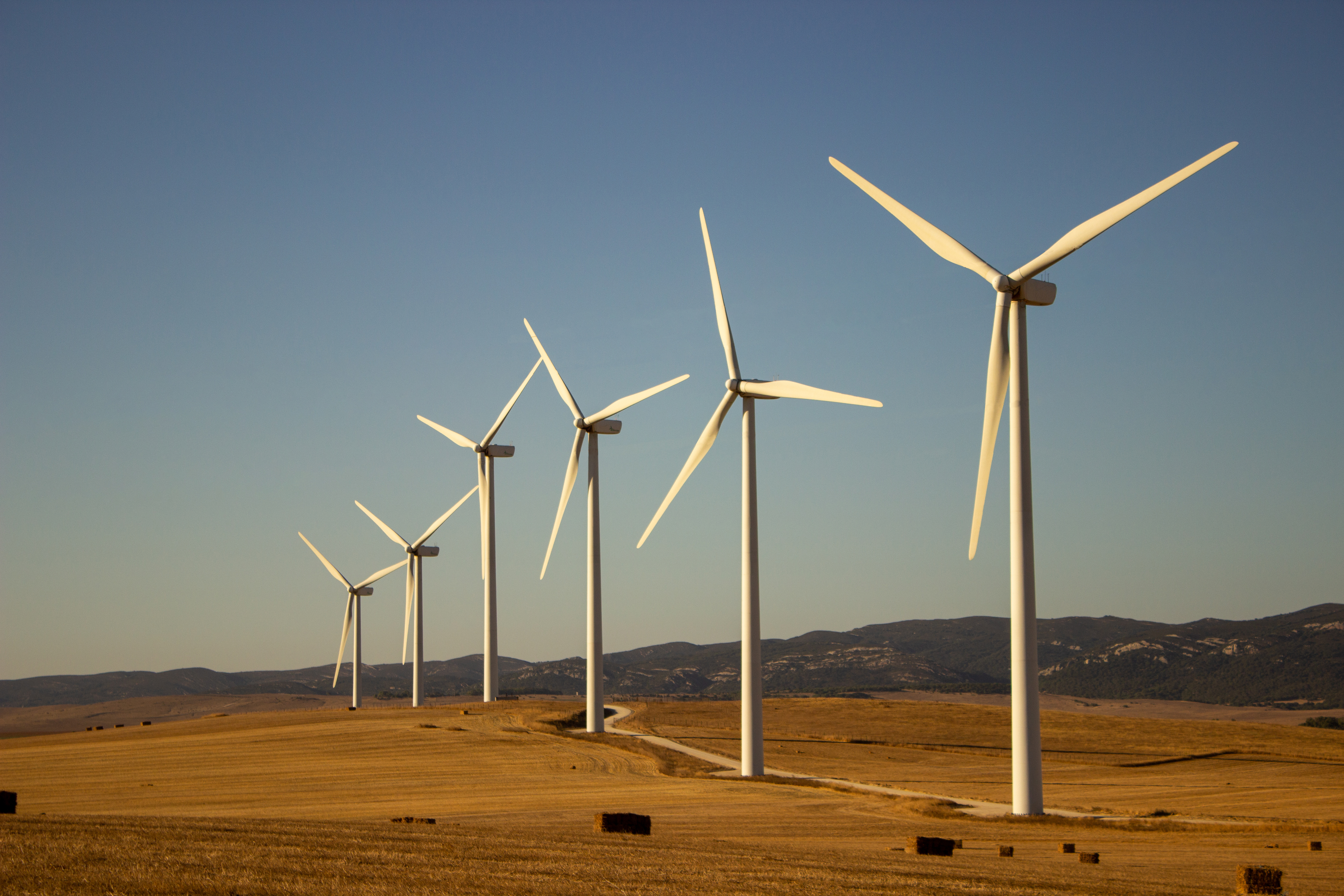This project develops a machine learning model to forecast wind turbine power output using historical environmental and temporal data over a three-year period. By employing regression techniques, the system aims to predict continuous values of power output based on features such as wind speed, temperature, pressure, and time-related variables.
Accurate power forecasting is crucial for efficient energy management, cost reduction, and optimizing operations in the energy sector. The project addresses the variability in environmental conditions that can lead to fluctuations in power generation, providing energy companies and grid operators with precise forecasts to balance supply and demand.
Business Question
How can we accurately predict power output using historical environmental and temporal data over a three-year period?
Data Question
Which features significantly influence power output, and how can we preprocess and model the data to achieve optimal predictive performance?
Key Objectives
- Power Forecasting – Predict continuous power output values based on environmental conditions
- Feature Analysis – Identify which variables significantly influence power generation
- Model Optimization – Develop and evaluate multiple regression models for best performance
- Operational Efficiency – Enable optimized energy production schedules and grid reliability
